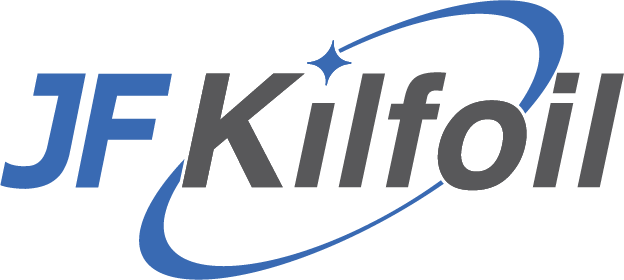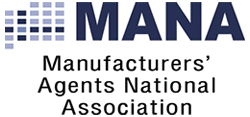Newsletter April 2025 Edition
Adapting to Tariffs
Turning Trade Barriers into Building Blocks for Electronic Component Manufacturing’s Future
By Tim Kilfoil
If we are forced to live with tariffs, in whatever form they may end up, is there any way to do this harmoniously? Can we find a glass half full lens through which to view these? Is it possible that there is a silver lining to tariffs for the manufacturing industry?
While it is true that tariffs are often viewed as trade barriers, it is possible they can offer (unexpected) benefits for the domestic manufacturing industry. While they may raise costs for imported goods, they could stimulate domestic production by leveling the playing field for local manufacturers. I grant you these are not slam dunks. But this protection could help job creation and economic growth in regions reliant on industrial output.
Tariffs could also encourage companies to invest in more homegrown manufacturing. By making imported goods pricier, they incentivize firms to build or move factories locally, boosting employment and skill development. As examples, industries like steel and electronics often see increased demand for domestic products when tariffs reduce foreign competition. Yes, it is still in flux with some of these- electronics- getting carve-outs. But, this shift could strengthen domestic supply chains, potentially reducing reliance on volatile global markets.
It’s possible that tariffs can also spur innovation. With reduced pressure from low-cost imports, manufacturers can push resources toward research and development, improving product quality and efficiency. This helps to promote long-term competitiveness, even in our global economy.
Last, tariffs can also generate government revenue, which can fund infrastructure or workforce training—both critical for manufacturing’s success. While not without drawbacks, tariffs can act as a catalyst for revitalizing industries, empowering communities, and building economic resilience, proving there’s a silver lining for manufacturers willing to adapt.
Don’t misunderstand, I am not taking a stand for or against. What I am aware of, however, is that there are people and families (i.e., our people and their families) relying on the performance of our company. We are left to face the immediacy of the market that stares us in the face. If we have to pivot, then pivot we will. My fingers are crossed that the ingenuity of our workforce and promise of what is possible will lead us forward.








